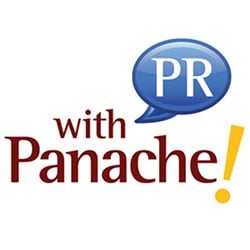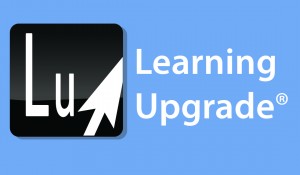By Vinod Lobo | CEO & Founder of Learning Upgrade
What does curriculum look like for today's students? Ask them, and they'll probably tell you it's a combination of the same old textbooks, worksheets, web videos of a teacher at a chalkboard, or an online lesson with a text passage and questions. All too often, these are still standard practices in many classrooms across the country, so basic and familiar that even with technology, they fall short in effectively exciting students about and engaging them in their learning.
Now add music! Suddenly, a song becomes a fresh new way to learn, embedding lesson topics from simple phonics to advanced algebra. When synchronized to animated visuals, the song-video lesson is a short, self-contained pathway to rapid learning. As new mental pathways are activated, students see and hear the same topic in a new way, Any teacher who presses “Play” and watches students sit up, pay attention, tap their feet, and react to the music has experienced this transformation.
Through videos, interactive games, and online courses, teachers are integrating songs and music in general directly into their lessons and classroom activities, giving students the chance to join in. By using a song as an introduction to a new topic or to support the understanding of various topics being discussed in class, students are able to familiarize themselves with the relevant terminology and concepts in a familiar and more memorable way.
Since most of today’s digital natives grew up learning through catchy YouTube videos or watching cartoons on their parent’s iPads, even older students are comfortable with musical lessons. For example, the song and video, “Mean Median and Mode”, pulled from a course offered through Learning Upgrade’s online curriculum, is often used by math teachers to introduce basic measures of center to a sixth grade class.
Teachers working with a wide spectrum of learning styles are putting this new format to work, watching their students overcome many challenges or obstacles that once stood in the way of their learning or their interest in learning. Here are a few examples:
● Special needs teachers are using music and song-video lessons to reach students who may not have the ability to absorb the necessary information using more traditional methods or concept delivery. Bringing these concepts to life with music and song increase their motivation and peak their interest in the topic which ultimately leads to an excited and engaged student, primed for a breakthrough in learning.
● Math teachers faced with teaching difficult new standards and concepts are turning to songs and videos as a way to teach their students new terminology, show complex visuals, and sequence multi-step methods to solve problems.
● After-school teachers wanting to deliver learning gains but not wanting to repeat the same lessons formats with tired students are using music-based online courses to sequence students through intervention.
Why are we seeing the acceleration of music in the classroom right now? There are four key forces driving educators to this new solution:
1. Access to technology - Students now have broad access to the technology to play a musical interactive lesson, thanks to one-to-one computing, tablets, Chromebooks, and the ability to play the same lessons at home and school. So innovative curriculum developers are only limited by their imagination as they create new lessons for these new platforms.
2. Assessment changes - New standards and computer-based tests are putting pressure on educators to find new formats that are effective with every student. If the old formats are failing a group of students, it’s time to try something new before that test this spring!
3. Alternative learning formats - For the first time, students have access to many alternative formats to learn. They don’t have to use that textbook they were given, which explains mean and median in a very confusing way. Instead, they can search for a “Mean Median” song-video on the web where data flies around the screen through multiple steps, methods are sung to a hard-to-forget tune, and they can visualize how to solve these problems.
4. Audio all around us - Music is now everywhere, all the time! Today’s student has a soundtrack to their lives with a constant stream of music reaching from their smartphones to their ears. But when they arrive at school, a music-free zone exists. As educators are now realizing, adding music puts students back in their comfort zone ready to soak up new information in their favorite format.
When Learning Upgrade started incorporating music into its math and reading curriculum more than a decade ago, teachers were surprised. We heard reactions such as, “I’m not sure my students will go for that!” Now, teachers envision their students making breakthroughs with musical lessons.


